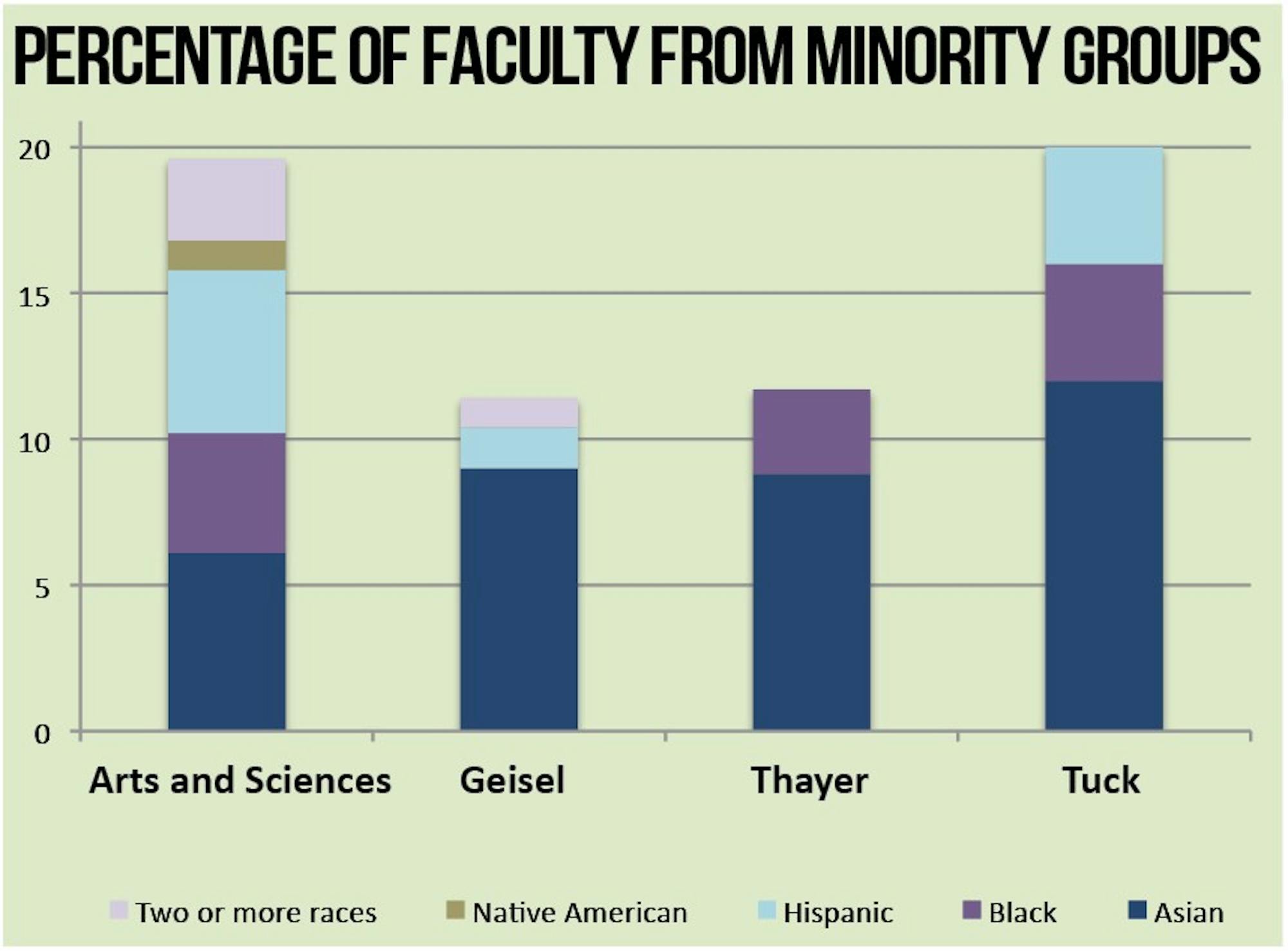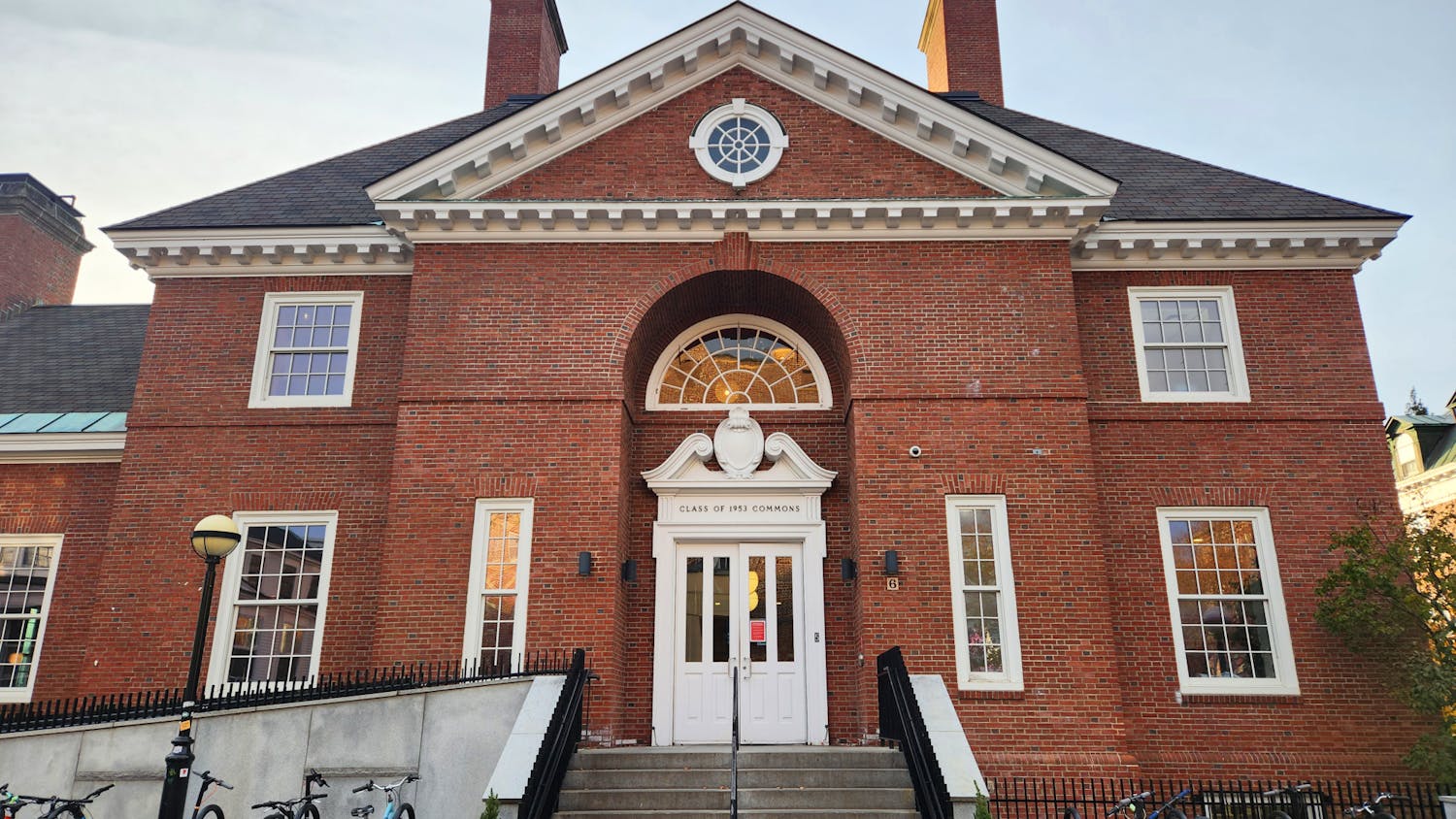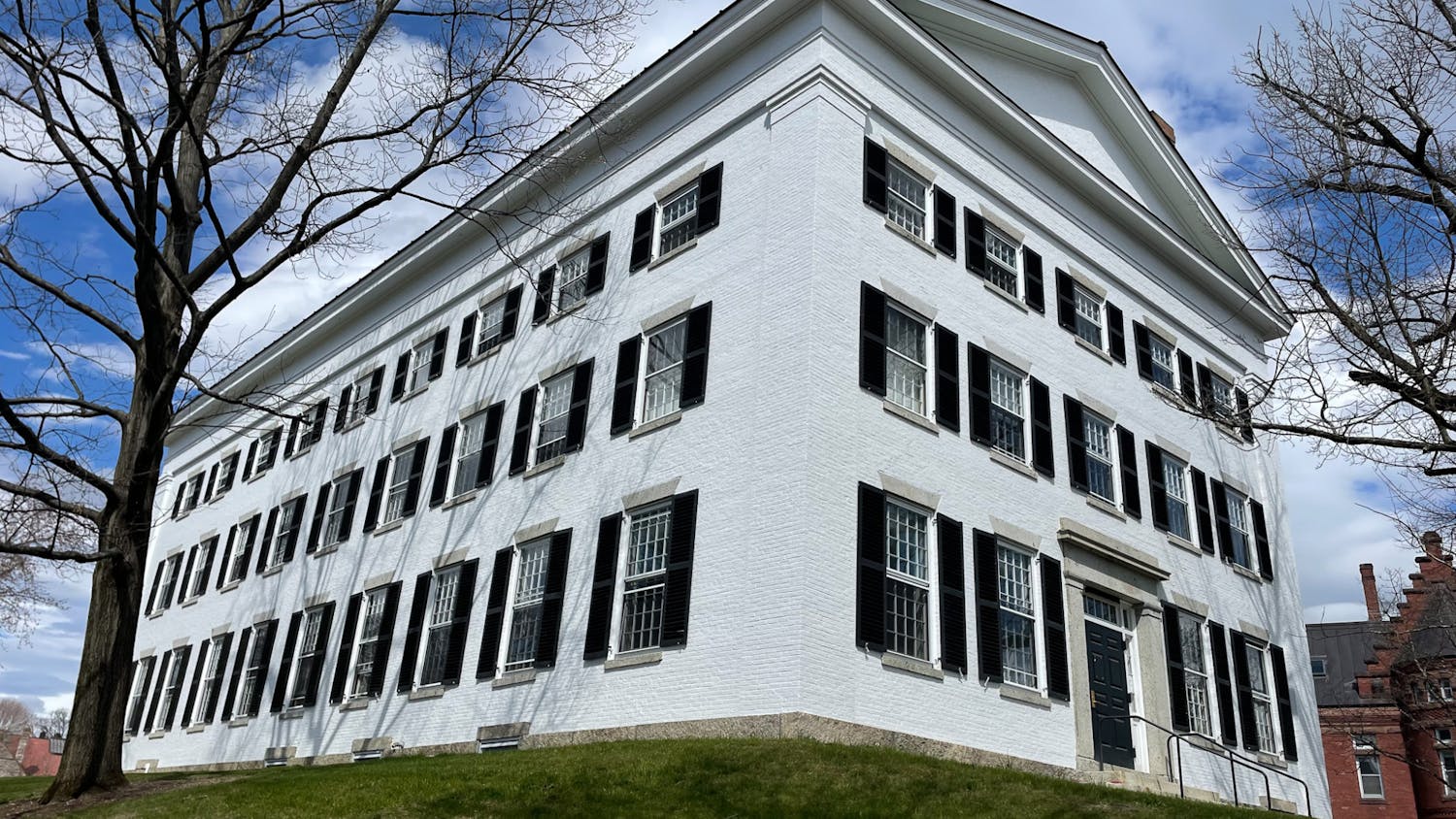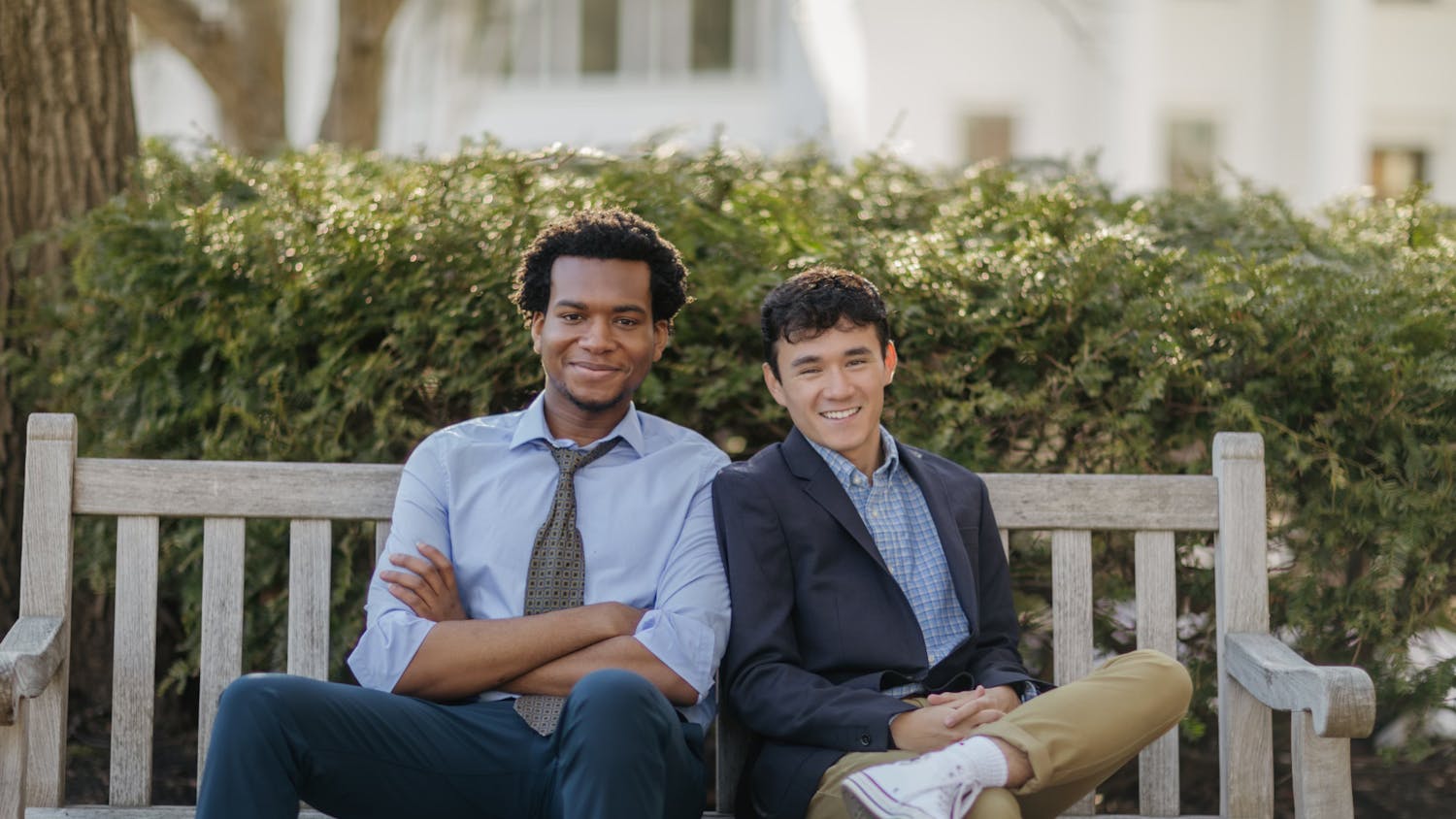Following a year that saw several departures of high-profile minority administrators and faculty members, the College is discussing institutionalizing exit interviews and a group of students has decided to create a film about retention, part of an ongoing conversation at the College.
Information on faculty departures and hires for the year is not yet available, vice president of Institutional Diversity and Equity Evelynn Ellis said, as her office is still compiling its 2014-15 Affirmative Action Plan report, which likely will be released to the public in March.
While the numbers have not yet been analyzed, Ellis said this year’s number of minority faculty departures this year seemed greater to her than in previous years. Still, she said, it is statistically unclear whether Dartmouth has a problem with retention, as the number of minority and female faculty have generally increased over the years.
As of last November, among Dartmouth’s 391 arts and sciences faculty, 80.3 percent were white; 4.1 percent black; 5.6 percent Hispanic; 1 percent Native American; 6.1 percent Asian and 2.8 percent identified as two or more races, according to the College’s Affirmative Action Plan for 2013-14.
At the Geisel Medical School, 11.4 percent of 210 faculty members were minorities, with none identifying as black, Native American or Pacific Islander. Of Tuck Business School’s 50 faculty members, 10 identify as racial or ethnic minorities, and Thayer Engineering School’s 34 faculty members, four are minorities.
This year’s departures, Ellis said, have affected community members, as several professors were actively involved in outreach and student advising.
“There is a statistical impact and then there is a human impact,” Ellis said, adding that she counted those who left among her friends.
Administrators are discussing implementing formalized exit interviews by independent vendors, which would allow professors to talk about their experiences on campus honestly while helping the College to understand why they leave, Ellis said.
This year’s departures of African and African American studies chair Antonio Tillis and history professor Russell Rickford, among others, caused confusion among many black students, Jon Diakanwa ’16 said. In response, students involved with NAACP, led by Diakanwa, decided to make a film documenting student opinion on minority faculty retention. The group plans to release the video by the end of the term.
“A lot of us were confused about what was happening, why it was happening, and wanted to know how we could do something about it,” Diakanwa said.
Diakanwa said that although the project set out to address racial diversity among the faculty, he realized that students from diverse backgrounds all placed importance on seeing faculty similar to them.
Students interviewed for the NAACP video expressed disappointment in the lack of diversity in science, technology, engineering and mathematics departments, Diakanwa said.
“Personally, what it would mean to sit in a classroom with a person who looks like me — a man of color — that would significantly increase my interest in the class and topic,” Diakanwa said. When students see people from a similar background to their own excel in a certain field, they are more likely to succeed, he added.
Oscar Cornejo ’17 said that recent faculty departures meant the loss of professors with whom he had developed deep connections.
“It’s good to see faculty that look like you,” Cornejo said. “They’re advocating for you. It’s not just a foreign environment for you, because you’re here with people who know your struggle and the experiences you’ve gone through.”
Tillis said that students need to understand the various reasons why faculty choose to leave, including advantageous job offers elsewhere and not receiving tenure, along with campus climate issues. When he left Dartmouth for his current position as dean of the College of Charleston’s school of languages, cultures and world affairs, his greatest motivation was the Charleston offer, but campus climate played a minor role as well.
“It’s almost a cultural climate where people say we have our one minority faculty, and so we don’t have to think about minority issues anymore,” Tillis said, adding that when one of these few faculty members leave, a “hyperbolic” conversation about retention begins. Instead, departments should have “a very emotionally honest conversation” about representation and accountability, he said.
Some of the richest experiences of his career were interactions with Dartmouth students, Tillis said. For minority students — including first-generation students and others not traditionally considered minorities — faculty are often “role models, mentors or even surrogate parents,” he said.
“We interact with students as they try to adjust in a space that is very different from the spaces whence they came, whether that be urban, small rural communities or ethnic enclaves,” Tillis said.
Faculty at any college should represent the student body and have “the sensibility and sensitivity” of what it means to come from different backgrounds, Tillis said.
At the same time, minority faculty can help students of all backgrounds grow personally, Diakanwa said.
“It adds to students’ education,” Diakanwa said. “It’s not learning to take a test or memorizing a textbook, but to think critically about something you’re not familiar with. To both help connect to people similar to you and challenge your own beliefs.”
Gavin Huang ’14 said that the College should focus on hiring professors across disciplines whose research focused on ethnic studies, as professors in these fields tend to tell untold narratives.
Most faculty believe diversity among professors should be an institutional priority, said geography professor Richard Wright, who studies immigration and racism. The College must focus on thinking of “creative ways” to diversify the faculty, such as the faculty cluster initiative, which creates small groups of professors across disciplines interested in the same research area, he said.
Geisel spokesperson Derik Hertel declined to comment, citing the late hour of the request.
Tuck and Thayer representatives did not respond to request for comment by a Thursday evening press time.
Dean of the Faculty Michael Mastanduno declined to comment.
Huang is a former member of The Dartmouth senior staff.
This article has been revised to reflect the following correction:
Correction appended (Oct. 17, 2014):
Gavin Huang '14 said the College should focus on hiring professors in ethnic studies fields, but he did not advocate for the expansion of this faculty at the expense of recruiting and retaining minority faculty members.




